The Democratic Surround
Multimedia & American Liberalism from World War II to the Psychedelic Sixties
Fred Turner
The University of Chicago Press
Chicago and London
Fred Turner is associate professor of communication at Stanford University. He is the author of Echoes of Combat: The Vietnam War in American Memory and From Counterculture to Cyberculture: Stewart Brand, the Whole Earth Network, and the Rise of Digital Utopianism, also published by the University of Chicago Press.
The University of Chicago Press, Chicago 60637
The University of Chicago Press, Ltd., London
2013 by Fred Turner
All rights reserved. Published 2013.
Printed in the United States of America
23 22 21 20 19 18 17 16 15 14 1 2 4 5
ISBN-13: 978-0-226-81746-0 (cloth)
ISBN-13: 978-0-226-06414-7 (e-book)
DOI: 10.7208/9780226064147.001.0001
Library of Congress Cataloging-in-Publication Data
Turner, Fred, author.
The democratic surround : multimedia and American liberalism from World War II to the psychedelic sixties / Fred Turner.
pages cm
Includes bibliograpical references and index.
ISBN 978-0-226-81746-0 (cloth : alk. paper) ISBN 978-0-226-06414-7 (e-book)
1. Mass mediaPolitical aspectsUnited StatesHistory20th century. 2. LiberalismUnited States. 3. CountercultureUnited StatesHistory20th century. 4. Cold War. I. Title.
P95.82.u6t87 2013
302.23'0973dc23
2013022419
 This paper meets the requirements of ANSI/NISO Z39.481992 (Permanence of Paper).
This paper meets the requirements of ANSI/NISO Z39.481992 (Permanence of Paper).
Were the world we dream of attained, members of that new world would be so different from ourselves that they would no longer value it in the same terms in which we now desire it.... We would no longer be at home in such a world.... We who have dreamed it could not live in it.
MARGARET MEAD, 1942
Contents
Introduction
Media, intoned Marshall McLuhan in 1964, are extensions of man. Circling the globe in a benevolent electronic web, television, radio, film and the print press enabled men and women to stretch their senses, to reach out to one another, and to become equal citizens in a global village, he explained. Even as McLuhan spoke, the hipsters and artists of New York and San Francisco were building prototypes of the world he described: new multimedia environments in which they would soon conduct what amounted to tribal rites. Within little more than a year, colored lights, multiscreen slide shows, and walls of amplified sound surrounded dance floors and performance art spaces on both coasts and in more than a few Midwestern capitals as well. For McLuhan, as for much of the emerging American counterculture, to be ringed by media was to enter a state of ecstatic interconnection. At first to dance, and then later to gather at beins and rock concerts was to open oneself to a new way of being: personal, authentic, collective, and egalitarian.
But where did this vision come from? Only twenty-five years earlier, most American analysts had been convinced that mass media tended to produce authoritarian people and totalitarian societies. Accounts of just how they did this varied. Some argued that mediated images and sounds slipped into the psyche through the senses, stirred the newly discovered depths of the Freudian unconscious, and left audiences unable to reason. Others claimed that the one-to-many broadcasting structure that defined mass media required audiences to turn their collective attention toward a single source of communication and so to partake of authoritarian mass psychology. In the late 1930s, if anyone doubted the power of mass media to remake society, they only needed to turn to Germany. How could the mustachioed madman Adolf Hitler have taken control of one of the most culturally sophisticated nations in Europe, many wondered, if he hadnt hypnotized his audiences through the microphone and the silver screen?
In the months leading up to Americas entry into World War II, Hitlers success haunted American intellectuals, artists, and government officials. Key figures in each of these communities hoped to help exhort their fellow citizens to come together and confront the growing fascist menace. But how could they do that, they wondered, if mass media tended to turn the psyches of their audiences in authoritarian directions? Was there a mode of communication that could produce more democratic individuals? A more democratic polity? And for that matter, what was a democratic person?
The answers to these questions ultimately produced the ecstatic multimedia utopianism of the 1960s and, through it, much of the multimedia culture we inhabit today. To see how, this book returns to the late 1930s and early 1940s and tracks the entwining of two distinct social worlds: one of American anthropologists, psychologists, and sociologists, and the other of refugee Bauhaus artists. At the start of World War II, members of the first community believed that the political stance of a nation reflected the psychological condition of its people. That is, fascist Germany represented the triumph not only of Hitlers party, but of what would later be called the authoritarian personality. In 1941, more than fifty of Americas leading social scientists and journalists gathered in Manhattan to promulgate a democratic alternative to that personality as members of the newly formed Committee for National Morale. Though largely forgotten today, the committee was very influential in its time. Its members published widely in the popular press and advised numerous government officials, including President Roosevelt.
Across the 1930s, committee members such as anthropologists Margaret Mead and Gregory Bateson and psychologist Gordon Allport had worked to show how culture shaped the development of the psyche, particularly through the process of interpersonal communication. In the early years of the war, they turned those understandings into prescriptions for bolstering American morale. First, they defined the democratic personality as a highly individuated, rational, and empathetic mindset, committed to racial and religious diversity, and so able to collaborate with others while retaining its individuality. Second, they argued that the future of Americas war effort depended on sustaining that form of character and the voluntary, non-authoritarian unity it made possible. In their view, both individual character and national culture came into being via the process of communication. Since mass media prevented precisely the sorts of encounters with multiple types of people and multiple points of view that made America and Americans strong, the shoring up of the democratic personality would require the development of new, democratic modes of communication.
For that reason, members and friends of the committee advocated a turn away from single-source mass media and toward multi-image, multisound-source media environmentssystems that I will call surrounds. They couldnt build these systems themselves. With a few exceptions, they were writers, not media makers. But they knew people who could build surrounds: the refugee artists of the Bauhaus. Since the early 1930s, Bauhaus stalwarts such as architect Walter Gropius and multimedia artists Lszl Moholy-Nagy and Herbert Bayer had fled Nazi Germany and settled in New York, Chicago, and other centers of American intellectual life. They brought with them highly developed theories of multiscreen display and immersive theater. They also brought the notion that media art should help integrate the senses, and so produce what they called a New Man, a person whose psyche remained whole even under the potentially fracturing assault of everyday life in industrial society. As World War II got under way, they repurposed their environmental multimedia techniques for the production of a
Next page

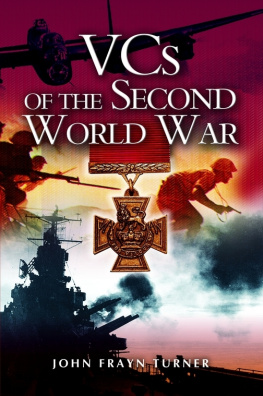

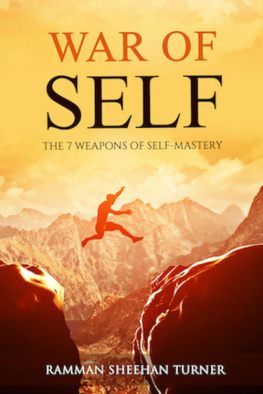
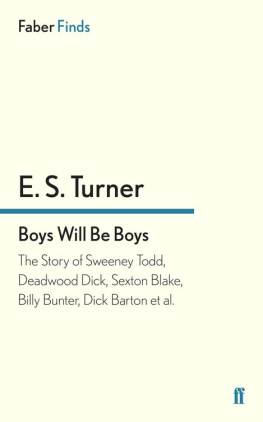

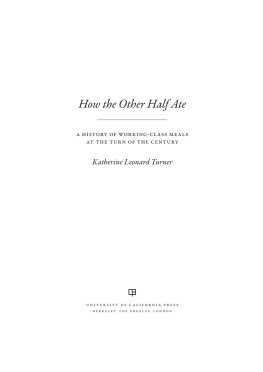
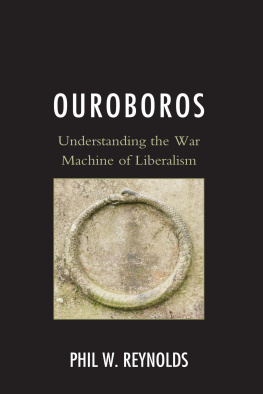
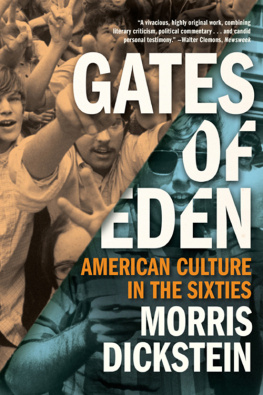
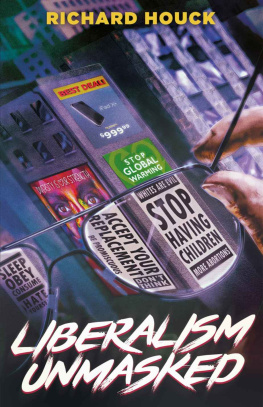
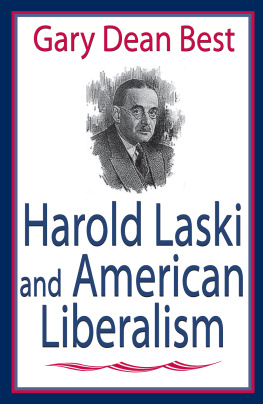
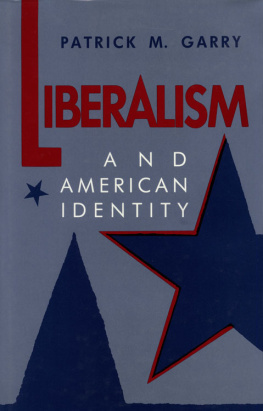

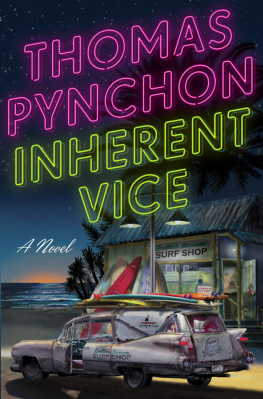
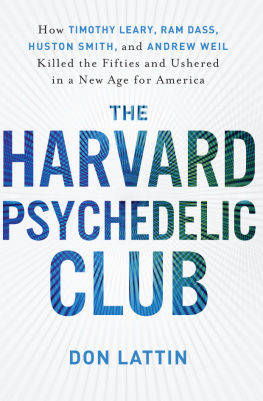
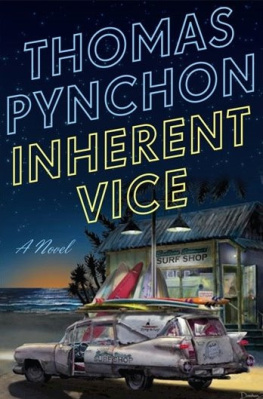

 This paper meets the requirements of ANSI/NISO Z39.481992 (Permanence of Paper).
This paper meets the requirements of ANSI/NISO Z39.481992 (Permanence of Paper).